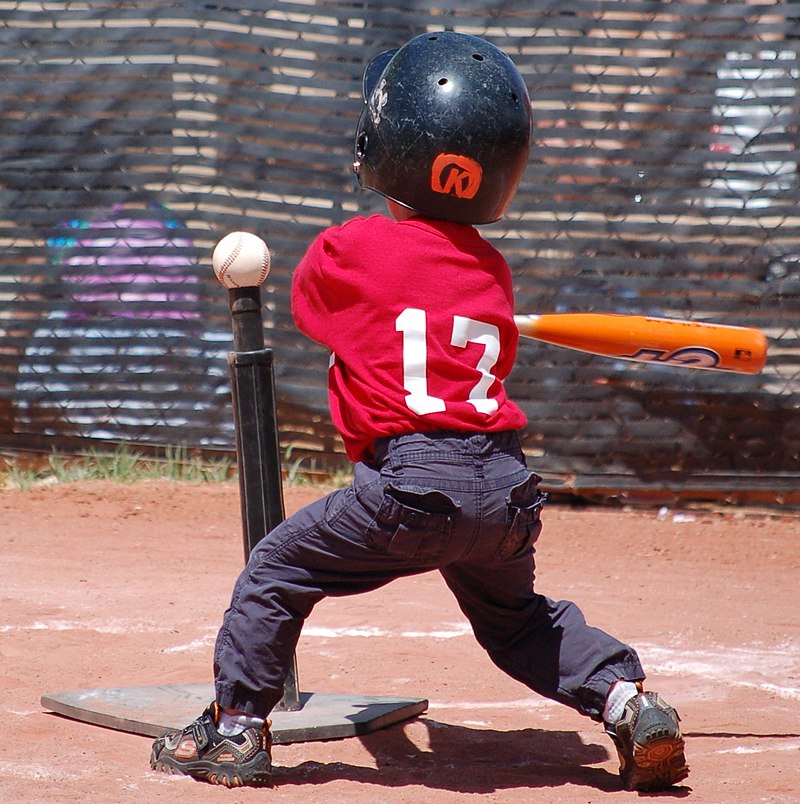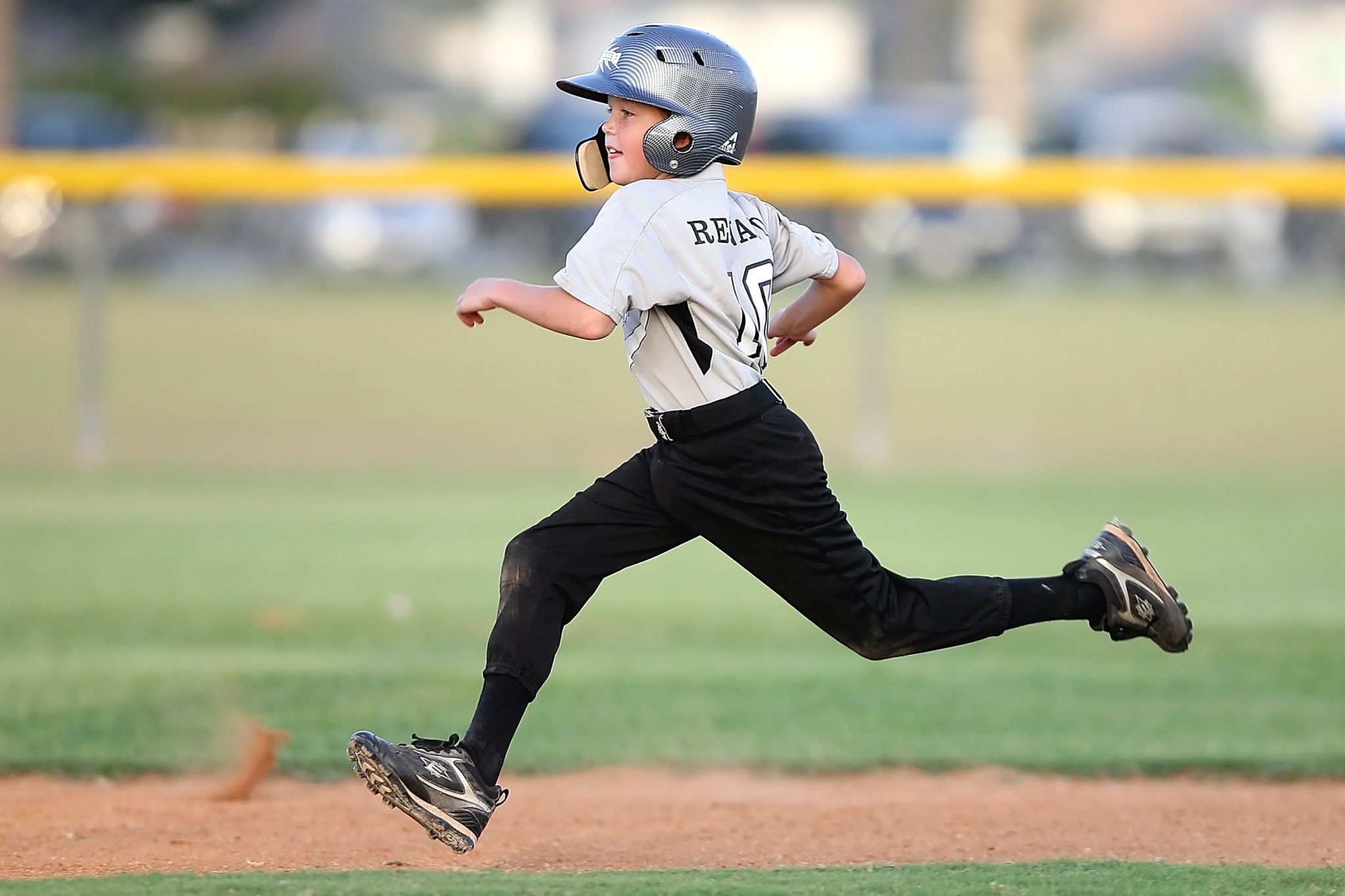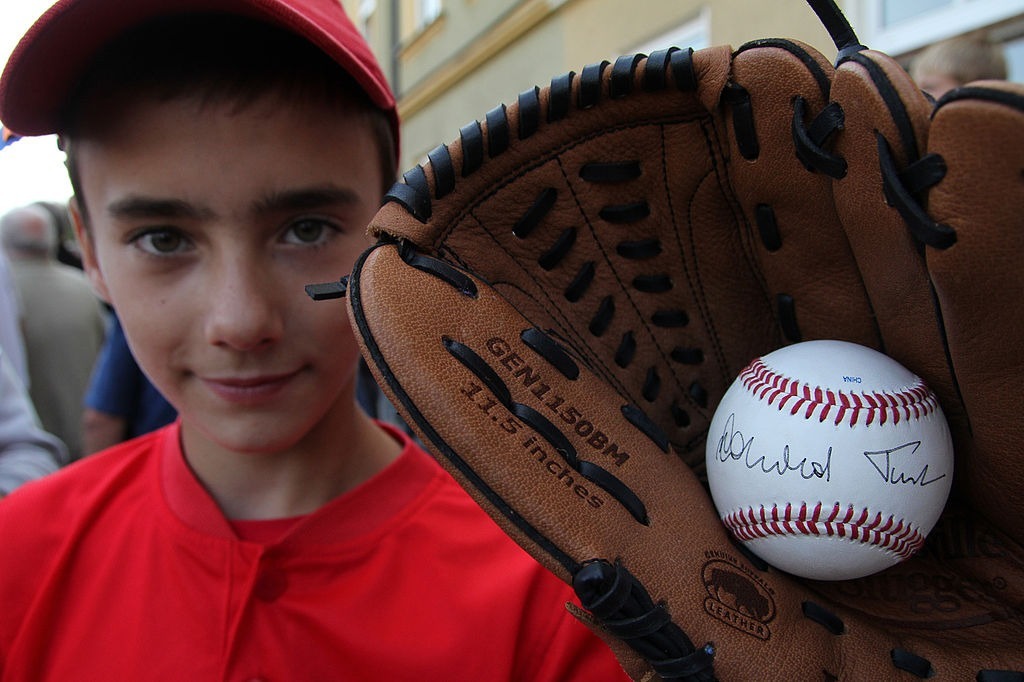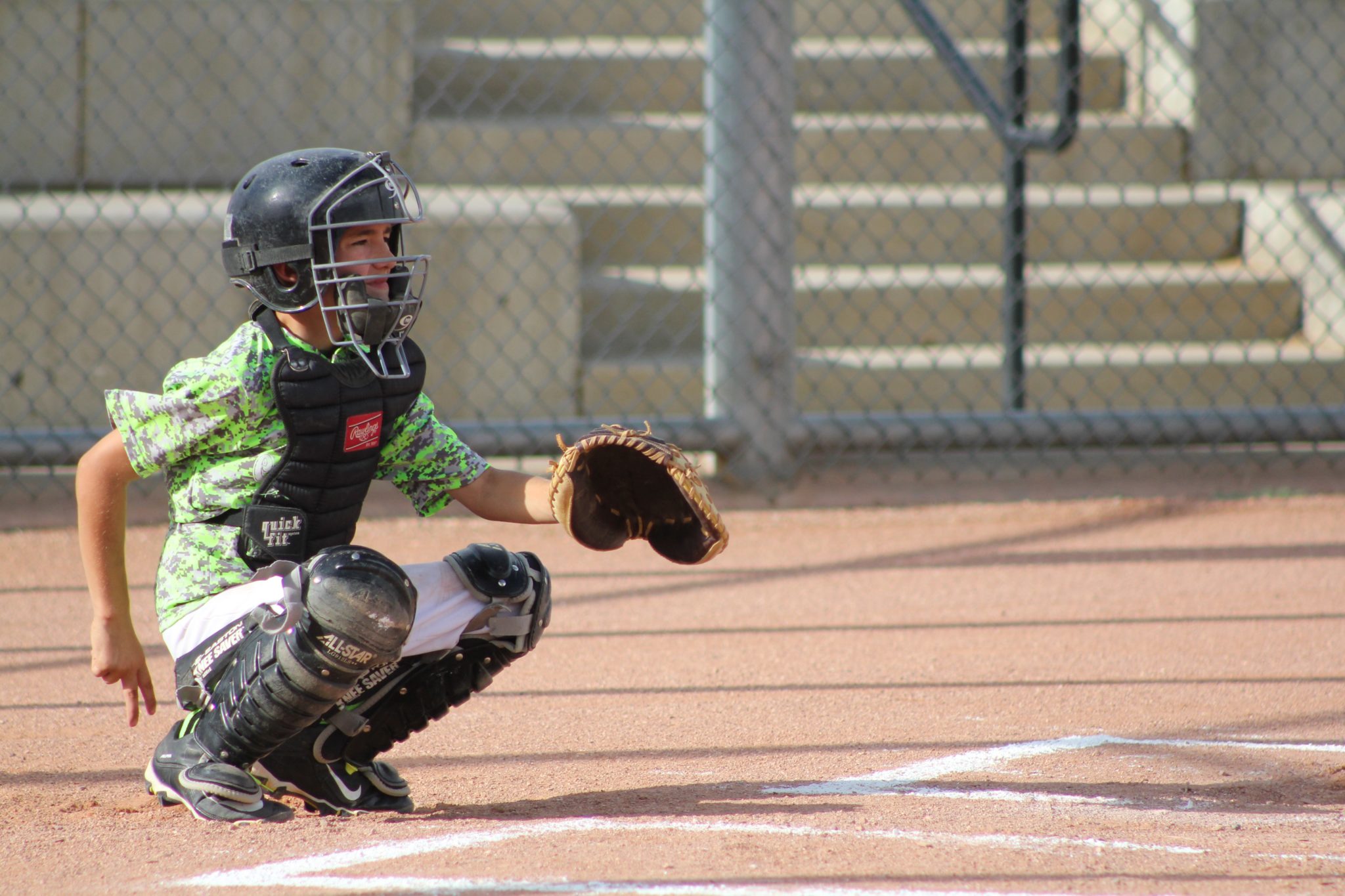The best baseball equipment for kids will inspire kids’ love for games. Given that baseball is one of the oldest and most meaningful sports in the United States, teaching children to play is a duty of both father and elder siblings, but parents unfamiliar with Little League may not have the equipment they need for their children’s baseball exposure hence they need to know the essentials one need to play baseball. You don’t have to worry about it. Both parents and local leagues go through the process of deciding what is good and what needs to be eliminated. When preparing for the baseball season, it’s only natural to stock up on the right equipment and gear.
The following are the basic protective equipment for young baseball players:
1. Baseball helmet
Collisions are inevitable when a youngster is new to a sport, especially at a young age, because of this, providing the best possible protection for your child while they play should be your priority. Helmets will protect your child`s brain from any head injury. There are several types of helmets to consider for your child. First, there are open-faced helmets. These helmets protect the upper head but leave the face exposed. Second, there is a helmet with a jaw guard. These helmets protect the cheeks of the wrist from hits. Finally, there is a fast-pitch softball helmet. These helmets protect the lower part of the face.
2. Baseball Cleats
If you play competitive baseball, not wearing cleats can result in a serious injury. Baseball cleats are essential. When your child is moving around at the base, a good pair of cleats can make all the difference. Baseball shoes should be snug but not overly so. This will keep you from leaving a game or practice session in the middle of it. A good youth cleat should also be appropriate for your child’s league. Depending on the surface, you’ll need cleats to help you maintain the balance and grip required to make consistent plays. When purchasing cleats for yourself or your children, you should do some research. Learn about the type of playing surface you will be using. For children, avoid metal cleats for a while and stick to rubber cleats, which provide a much better grip.
3. Baseball Bat
Because bats are used by players to hit the ball, they are one of the most important pieces of equipment in baseball. There are various types of bats, as well as models for both boys and adults. Youth bats have a smaller barrel and are significantly lighter. Adult bats are large and heavy, with large barrels. The larger the barrel, the harder you can hit the ball, so making the racket as large as possible is recommended. Grip means it’s easy to grip and shake, and it doesn’t feel like you’re holding a log. Metal rackets, such as aluminum rackets, and wooden rackets are available. Most leagues are lower than professional baseball and employ metal bats. Metal has numerous advantages they hit the ball more accurately and do not break.
4. Batting Gloves
Batting gloves are required nowadays in most cases. Batting gloves, on the other hand, can help by acting as shock absorbers, improving a player’s grip, and protecting a player’s hand while swinging and running bases. The glove is one of the important pieces of children’s baseball equipment. If you intend to spend a lot of time swinging the bat. The bat will cause blisters on your hands, and the vibration from the ball striking the wrong spot on the bat will jar your hands. Batting gloves will resolve both problems while also improving your grip. The four types of youth baseball gloves are batting gloves, catcher’s mitts, infielder gloves, and outfielder gloves. Essential know-how on these puts you at advantage just like how the knowledge of different types of tennis rackets gives an edge to its players.
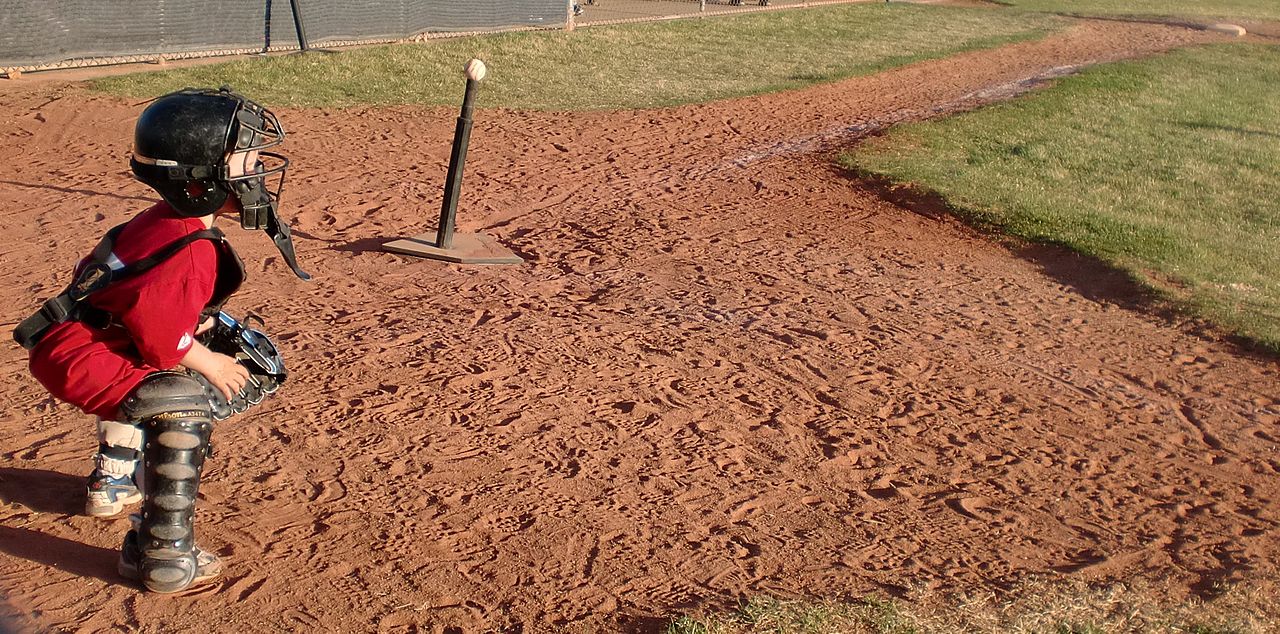
5. Tee-ball
This ball is known as a safety ball, and it is used to prevent young children from being hit with a hard ball if they miss a catch, have a bad hop, or are hit by an errant throw. A Tee ball is a ball used in children’s baseball. Layers of yarn or string are rolled on a cork sphere and a leather coat is stitched over it to make a baseball. Baseballs for youth leagues have a cushioned cork center and are wound less tightly than adult-sized balls, but they are not soft. Youth league balls are used in Little League tournaments and are designed for experienced baseball players aged 8 to 14.
6. Catcher’s Gear
You’ll need protective gear if you want to be a catcher. Catchers wear leg guards, a chest pad, and a helmet. The equipment is available in all the necessary sizes. During the course of a baseball game, catchers are hit by numerous balls. Hitters foul balls, pitchers throw them in the dirt, which bounces into the catcher, and everyone gets hurt. Don’t even think about going back to catch pitches behind a batter if you don’t have a catcher’s gear.
7. Batting Tee
Using a batting tee allows you to focus on a specific aspect of your swing. A tee allows you to swing at 20% or 100% power. You have complete control over your swing, which is essential for improving weaknesses that make hitting off a live pitcher difficult. You can practice hitting a pitch in a specific spot. You can also take many swings in a short period of time.
It will also assist you in locating the sweet spot of your wood bat, particularly if it is a brand-new custom model that you have just received. Swinging a brand-new wood bat will feel different than swinging a previous wood bat. They will all be slightly different in terms of balance and weight. Tee work is essential for getting used to that brand new wood bat before facing pitches from a coach or machine.
In summary, sports provide athletes with incredibly formative and exciting experiences that help them develop skills, memories, and friendships that will last a lifetime. Athletes will value and cherish work ethic and commitment, championship games, and big goals for the rest of their lives.
However, there are inherent risks that athletes face while playing or practicing their favorite sports, and it is critical that they are adequately protected.

